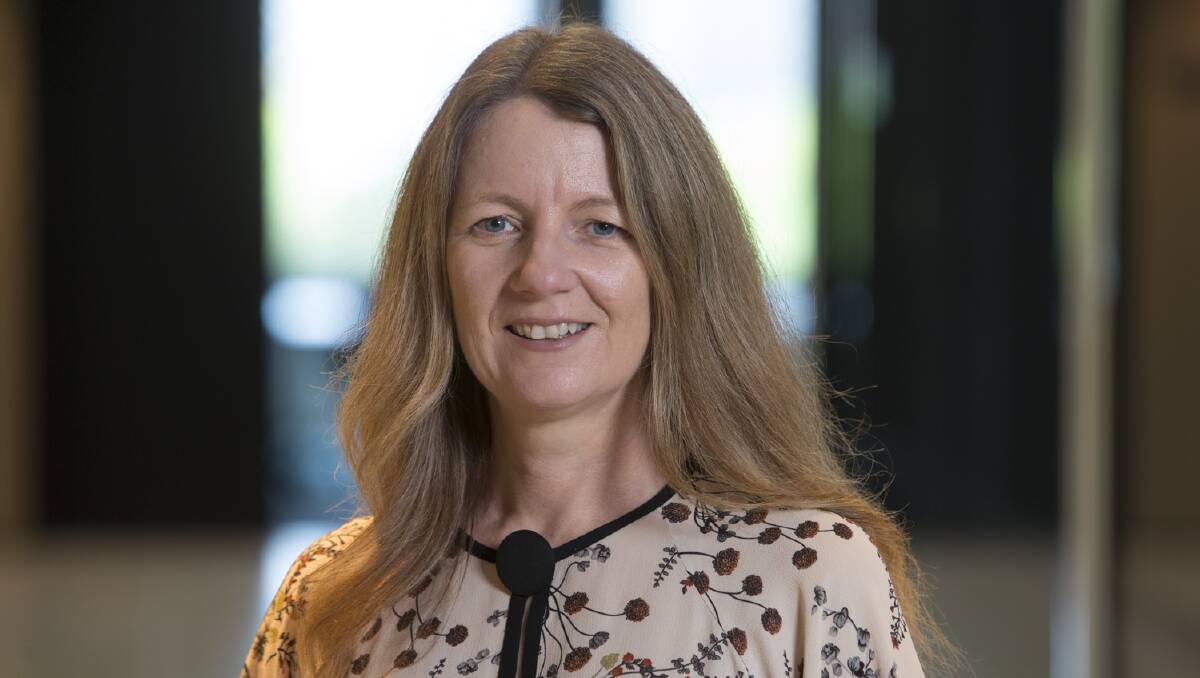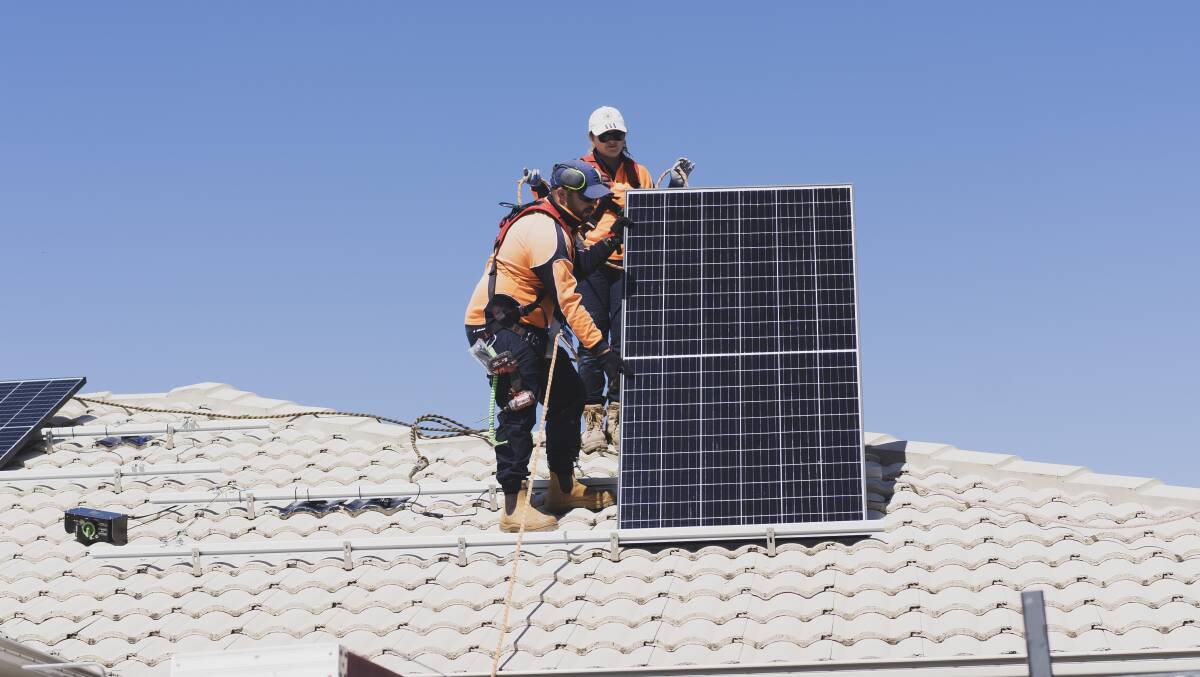As global temperatures rise so does the cost of living - and data shows the hardest hit Australians are already some of the nation's most vulnerable.
Subscribe now for unlimited access.
or signup to continue reading
But Jane doesn't need data. She's down to two meals a day.
"I've now lost 16 kilos," she said.
"I don't eat lunch anymore. I eat breakfast - a piece of toast and a coffee - and then I have one meal at night and that's it.
"I can't afford to eat three times a day. It's too expensive."
Living on the disability support pension since a car accident five years ago, Jane is one in a growing cohort of Australians who are struggling with climate-related price rises.
'First, worst, hardest, longest'
And extreme weather events become more common and severe, the strain on Australia's food supply systems and living costs has been well documented.
Australian Council of Social Service (ACOSS) climate and energy program director Kellie Caught said people already experiencing social and financial disadvantage will be hit "first, worst, hardest, longest".
People will prioritise food on the table.
- Kellie Caught, Australian Council of Social Service climate and energy program director
"Because they're less able to cope, adapt and recover from these extreme weather events," she said.
"What we're already seeing is that not only are these events entrenching poverty, people already on the poverty line are being driven further into poverty."
Energy stress
A major budget stress for Jane, who did not want to use her surname, is energy bills.
"I got notifications from my energy provider saying my gas was going up, my electricity was going up - not just a little bit, skyrocketing," she said.
Her credit card has been maxed out and she's had to borrow money from family to keep up.

A 2019 report by ACOSS and the Brotherhood of St Laurence showed people on low incomes spend four times as much of their income on energy bills as high income households.
Low income earners were more likely to live in energy inefficient homes, the report found.
Solar panels saved money in the long term but priced out of reach to low income earners, Kellie Caught, from ACOSS, said: "What we've seen over the last 10 years is poor policy design. We're actually seeing inequality increase".
The October federal budget forecast more cost of living pain. Electricity bills look to increase 20 per cent in 2022 and a further 30 per cent through to 2023.
Gas bills are expected to increase by up to 20 per cent in the next year, and then again in 2023-24.
Priced out of peace of mind
Insurance also burdened poorer people disproportionately.
An August Actuaries Institute report showed the average Australian household spent about one week of their gross annual income on insurance.
But for vulnerable households insurance sapped nearly two months - 7.4 weeks - of wages.
For about one million households in Australia insurance was already unaffordable.
"When you're faced with that and are already experiencing cost of living pressures - trying to pay rent or mortgage or food, medicines and energy bills - two months salary on insurance [is] just impossible for people," Ms Caught said.
"People will prioritise food on the table."

A spokesperson from the Insurance Council of Australia said action on climate change was critical to addressing insurance affordability.
Stronger building codes and retrofitting programs, improved land use planning and permanent physical mitigation measures to lessen the impact of natural disasters and lower the cost of insurance were essential.
"Without increased funding to make Australian homes, businesses and communities more resilient to worsening extreme weather - coupled with a change in approach to what we build and where we build it - the risk profile of communities exposed to extreme weather will not change," the spokesperson said.
Fix climate to fix cost of living
Climate Council researcher Dr Simon Bradshaw said action on climate change was action on cost of living.
"By and large people in the regions are often more exposed to extreme weather disasters and so can wear a greater cost there compared to people in the cities," he said.
"Our reliance on fossil fuels and failure to move more quickly to transform our energy system has driven up power costs."
You can read the full Young and Regional: Our Climate Future series here.


